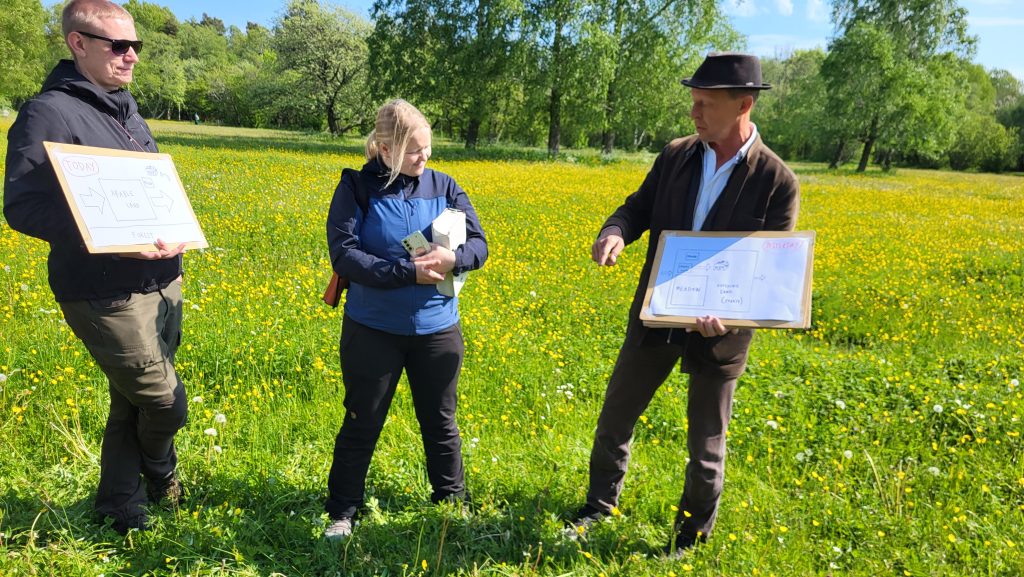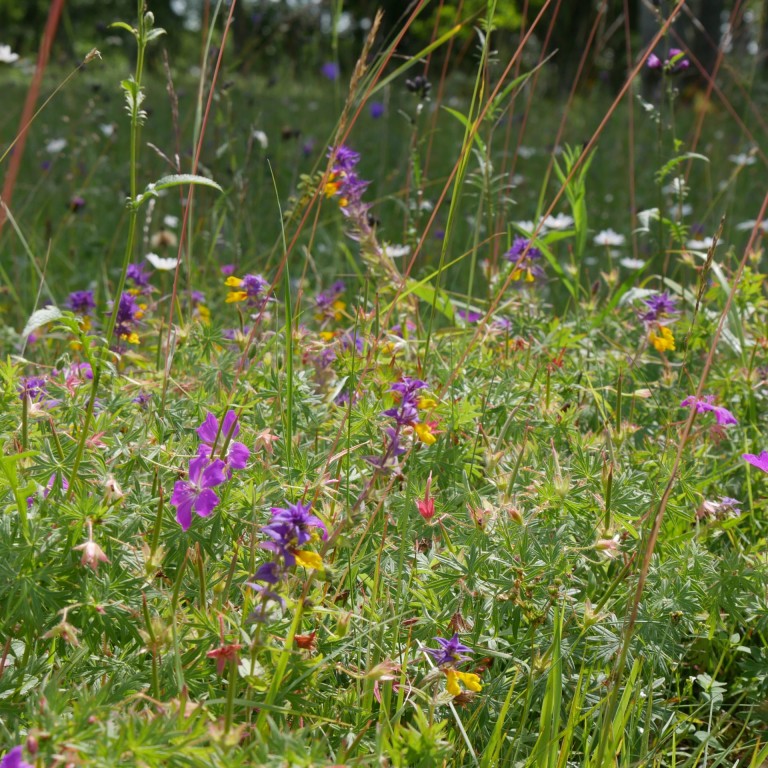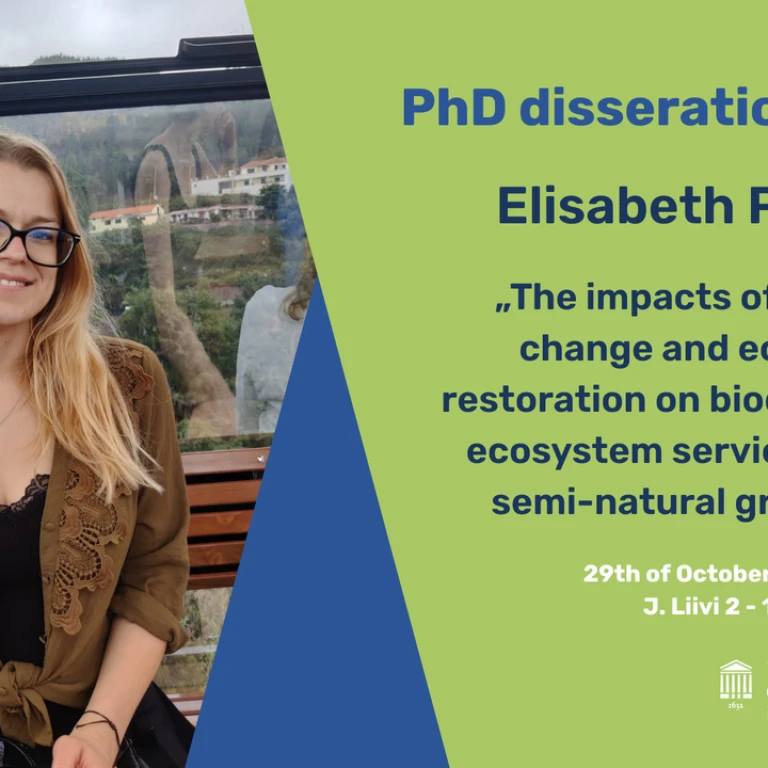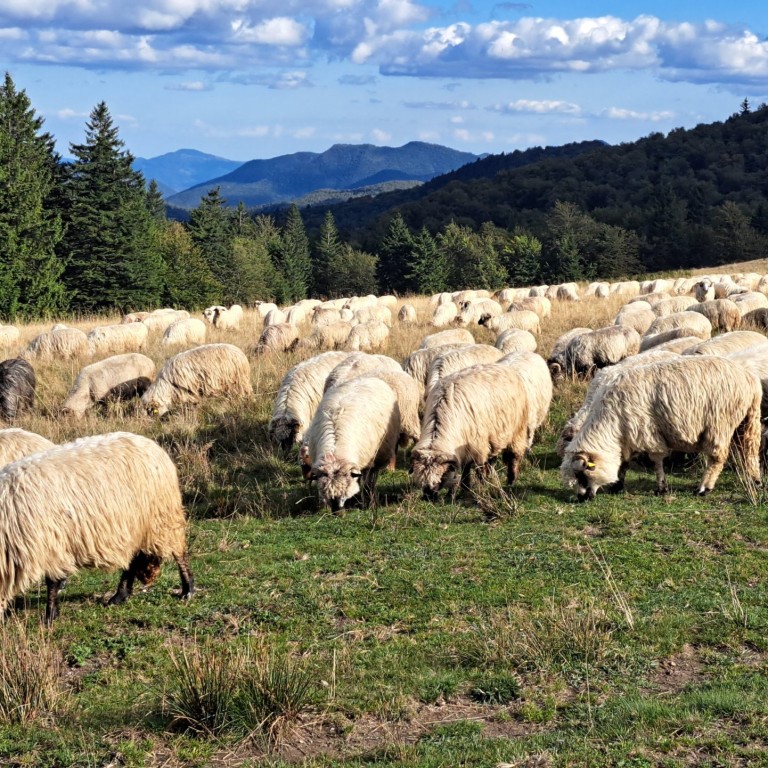On a study trip to Gotland, scientists and environmental experts got to know the wooded meadows there and exchanged knowledge about the restoration of the wooded meadows. The discussion round focused on sharing the progress of the restoration work as well as bottlenecks and possible mitigation measures for the restoration of the woodland meadows.
In the last week of May, a meeting of partners of the project for the restoration and sustainable management of Estonian and Latvian woodlands was held in Gotland. The aim of the study trip was to see the restored wooded meadows of Gotland and to learn from the experience gained from previous restoration projects of the small island of Sweden.
"Gotland wooded meadows are very beautiful and species-rich, at times covered with orchids as an uninterrupted carpet," Elisabeth Prangel, a doctoral student in the Working Group on the Biodiversity of Landscapes, who represented Tartu University, told the meeting. "There is a long heritage cultural background to the wooded meadows. There you can find small historical cottages where no hay is stored as in Estonia, but the tools needed to maintain the meadow. The village communities are eager there - together both the meadow is restored and the table roof is changed on the neighbour."
"As usual, experiences and impressions were exchanged. For example, locals were surprised that the lady-finger-paw (Dactylorhiza sambucina) growing in Estonia occurs in only one color variation - yellow; usually two mixtures of specimens of color - pink and yellow - occur in the populations of this species,' Elisabeth Prangel reflected the surprise of the Gotlanders. "Unfortunately Gotland also has a baby of concern - a foot-death (dutch elm disease) that kills the elms in the same way as island death. Gotlanders have been diligently working to counter foot death by also testing the vaccination of trees."
The study trip took place as one of the activities of the project "Restoration of wood meadows and promotion of sustainable management in Estonia and Latvia" (WoodmeadowLIFE). The aim of the project is to restore new wooded areas in a total of 700 hectares in Estonia and Latvia and to improve the condition of habitats and species. In addition, sustainable maintenance of woodland meadows, performance monitoring and increased public awareness of the natural and cultural heritage of woodland meadows and their conservation and management are promoted.
More information:
Elisabeth Prangel




